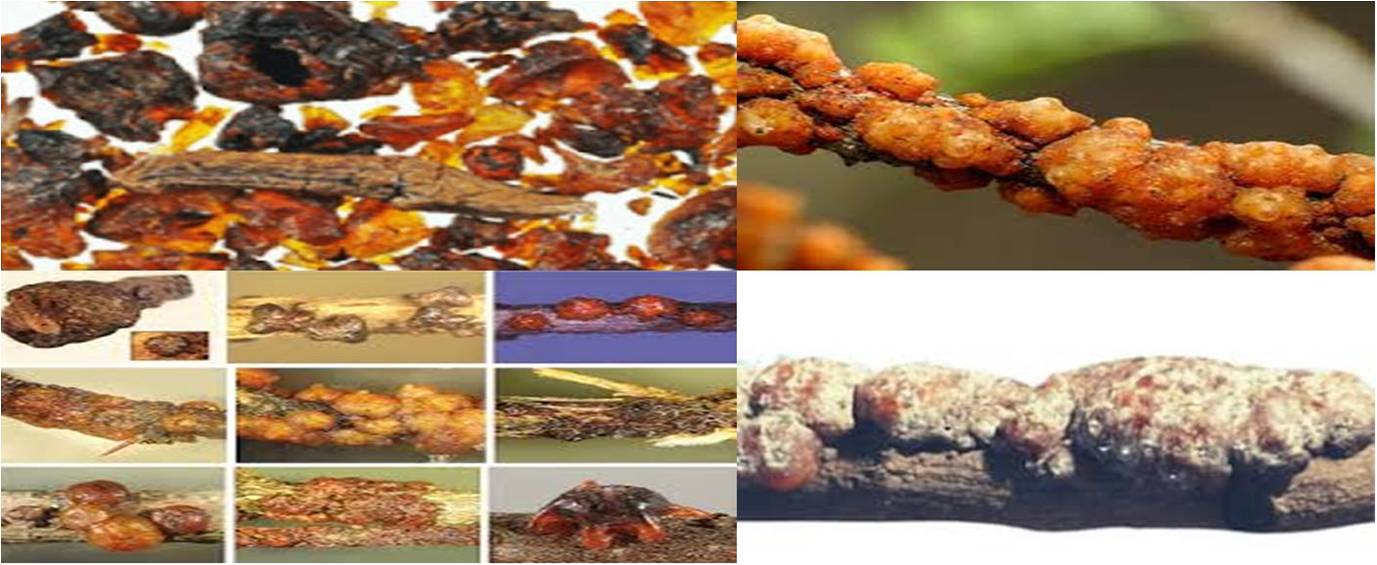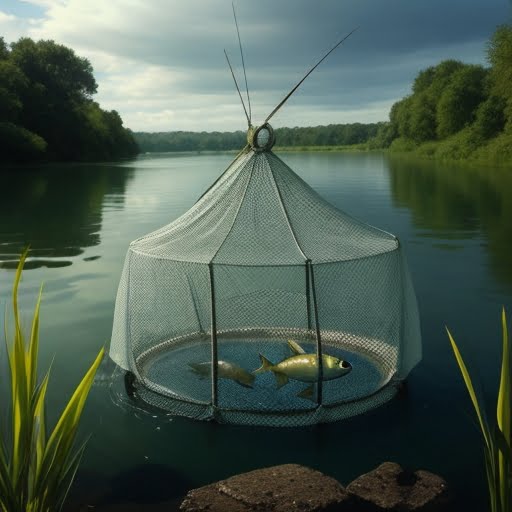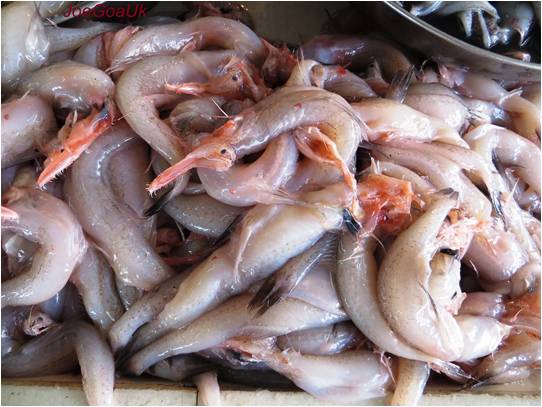Tuna Fisheries in India: India’s tuna fisheries have seen interesting recent trends, with a shift towards targeting oceanic resources and a focus on sustainability.
What is Tuna Fishery?
The tuna fishery is the commercial fishing industry that targets tuna species. Tuna are highly migratory fish found in temperate, tropical, and subtropical waters around the world. They are an important food source for humans, and the tuna fishery is a major global industry. The tuna fishery is a complex industry with a significant impact on the global economy and environment. The demand for tuna is high, and this has led to overfishing of some tuna stocks. In recent years, there has been a growing movement to promote sustainable tuna fishing practices. ‘Tuna Fisheries in India’
Tuna Fisheries in India- Recent Trends
Tuna fisheries in India have undergone significant changes in recent years. Although the coastal multi-species fishery remains the primary source for harvesting tunas and tuna-like fishes, a targeted fishery for exploiting high-value tunas is emerging1. Here are some insights into the recent trends:
Resource Potential:
The fishery for oceanic tuna is still in the developing stage in India. The estimated resource potential of oceanic tuna in the Indian Exclusive Economic Zone (EEZ) is 213,000 tons.
Oceanic tuna resources are the populations of tuna species that live in the open ocean, away from the coasts. These resources are vast and can be found in all three major oceans: the Pacific, Atlantic, and Indian. The composition of oceanic tuna resources includes approximately:
54% yellowfin tuna
40% skipjack tuna
6% big-eye tuna.
These species are highly migratory, swimming thousands of kilometers each year in search of food and spawning grounds. The oceanic environment provides them with an abundance of food sources, such as plankton, squid, and small fish. ‘Tuna Fisheries in India’
The potential harvest from oceanic tuna resources is significant, but it’s crucial to manage fisheries carefully to avoid overfishing.
Landings: The total landings of tuna and tuna-like species along the Indian coasts have shown a decreasing trend in recent times. In 2020, the total landings were approximately 152,593.16 tonnes, representing a 23.66% decrease compared to the previous year.
Global Context: In the Indian Ocean, tuna catches increased rapidly from about 179,959 tons in 1980 to approximately 832,246 tons in 1995. The catch continued to rise until 2005, reaching 1,201,465 tons (about 26% of the world catch). However, since 2006, there has been a decline in tuna catches, with only 913,625 tons caught in 2008.
Efforts to sustainably manage tuna fisheries are crucial to ensure the long-term viability of this valuable resource. ‘Tuna Fisheries in India’
Tuna Fishery in India
There are nine species representing coastal/neritic and oceanic species supported the resources and fishery. Little tuna (Euthynnusaffinis), frigate tuna (Auxisthazard), bullet tunas (Auxisrochei), longtail tuna (Thunnustonggol) and bonito (Sarda orientalist) represent the coastal/netritic species. Oceanic species were represented by Yellowfin tuna (Thunnusalbacares), skipjack tuna (Katsuwonuspelamis), dogtooth tuna (Gymnosarda unicolor) and bigeye tuna (Thunnusobesus).
Fishing Methods Used
There are several different fishing methods used to catch tuna, but the most common methods include purse seining, longlining, and troll fishing. Additionally fishing with a variety of gears like, gillnets, longlines, handlines, pole and lines, troll lines, purse seines, ring seines and even by trawls based on the fishing ground and targeted species. most Commonly used fishing methods as follows-
- Purse seining involves setting a large net around a school of tuna and then drawing the net closed to trap the fish. ‘Tuna Fisheries in India’
- Longlining involves setting a long line with hundreds or even thousands of baited hooks. Tuna are caught on the hooks as they swim by.
- Trolling involves dragging fishing lines with lures or baits behind a boat. Tuna are attracted to the lures and baits and are caught on hooks as they strike.
Challenges and Conservation Efforts:
Overfishing, bycatch, and habitat degradation pose challenges to tuna sustainability. India participates in regional fisheries management organizations like the Indian Ocean Tuna Commission (IOTC) to promote responsible fishing practices.
Overfishing is the practice of catching fish faster than they can reproduce. This can lead to the depletion of fish stocks and make it difficult for the fishery to be sustainable in the long term.
Bycatch is the unintentional capture of non-target species in fishing gear. This can include dolphins, sharks, and sea turtles. Bycatch can have a significant impact on these populations.
The activities of the tuna fishery can damage coral reefs and other marine habitats. This can reduce the productivity of these ecosystems and make it more difficult for fish stocks to recover. ‘Tuna Fisheries in India’
Measures include:
Quotas: Setting catch limits for different tuna species.
Gear Restrictions: Regulating fishing gear to minimize bycatch.
Monitoring and Surveillance: Ensuring compliance with regulations.
Research and Data Collection: Studying tuna populations and their dynamics.
Economic Importance: Tuna fisheries contribute significantly to India’s economy, providing employment and livelihoods to coastal communities. Tuna is a high-value export commodity, with processed tuna products finding markets worldwide. ‘Tuna Fisheries in India’
In summary, India’s tuna fishery faces both opportunities and challenges. Sustainable management practices are essential to conserve this valuable marine resource for future generations.







